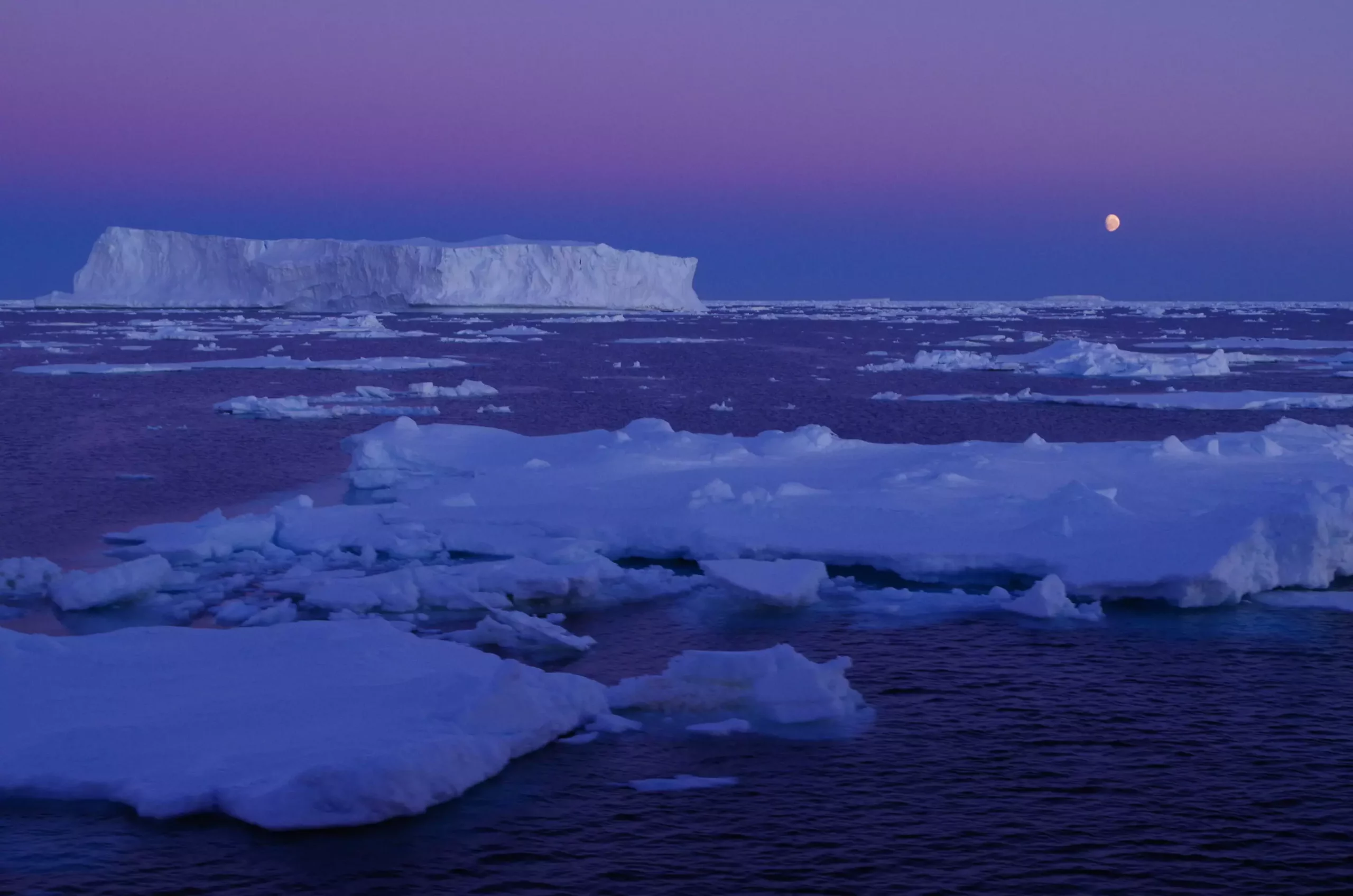The global ocean serves as a crucial component of the Earth’s climate system, acting as a massive heat reservoir that absorbs over 90% of the excess heat generated by human-induced warming. Throughout the last century, the surface of the ocean, particularly within the upper 500 meters, has experienced significant temperature increases. In contrast, deeper layers of the ocean exhibit much slower warming, indicating a lesser efficiency in heat storage, estimated at around 0.1. This disparity raises intriguing questions about the mechanisms that govern the ocean’s capacity to store heat, particularly during longer geological timescales, where past climatic events suggest a more pronounced warming in the ocean’s depths.
A recent study published in *Science Advances*, conducted by an international collaboration of researchers from the U.S. and China, explores these mechanisms in depth. By employing advanced simulations and reconstructive methods, the team detailed the three-dimensional temperature changes in the ocean during the last deglaciation period, revealing a substantial increase in ocean heat storage efficiency to levels greater than one. This finding shifts our understanding of historical climate dynamics, illustrating that intermediate-depth waters experienced significant warming contrary to observed warming behaviors today.
Dr. Chenyu Zhu, one of the lead authors of the study, emphasized the significant spatial variability in ocean warming during deglaciation compared to current patterns. The study points to a complex interplay between surface warming and the ocean’s response, particularly highlighting the role of greenhouse gas emissions and ice sheet dynamics in modulating ocean temperatures at intermediate depths.
The findings indicate that during periods of rapid warming, the ocean’s circulation patterns and associated processes can substantially enhance heat capture at various depths. The researchers identified that this warming can often be traced back to enhanced surface temperatures at mid-to-subpolar latitudes, where increased ventilation allows for warmer waters to penetrate deeper layers. They noted that the patterns of ocean warming observed contradict long-held assumptions that deep-water formation sites would be the primary zones of heat storage, especially in areas covered by sea ice.
Prof. Zhengyu Liu, another prominent author in the study, discusses the implications of these findings, suggesting that if similar patterns of surface warming and robust ventilation were to manifest in the future, the ocean could potentially absorb greater amounts of atmospheric heat. This absorption would have the consequential effect of mitigating the pace of atmospheric warming, influencing both ecological and climatic systems significantly.
The implications of this research stretch far beyond academic understanding; they inform climate models and projections of future warming scenarios. As we face an increasingly warming planet, it is essential to recognize the ocean’s dual role as both a moderator of climate change and a bellwether for atmospheric conditions. Such studies highlight the need for continued monitoring and research into ocean heat dynamics and their interactions with the global climate system, as the ocean’s historical function and future performance are paramount in shaping our environmental landscape in the decades to come.


Leave a Reply